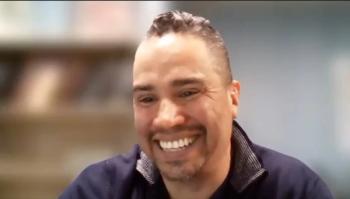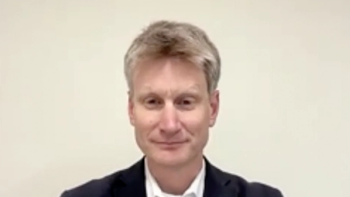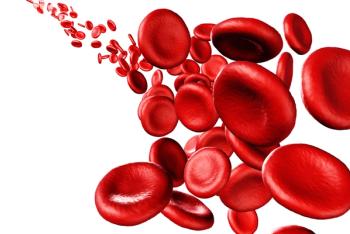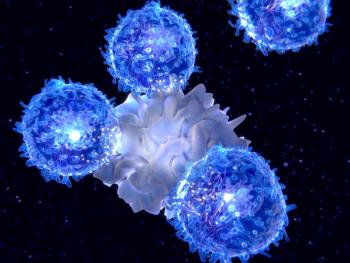
New genome project targets childhood cancers
Some believed the unraveling of the human genome would lead overnight to the genetic tweaking of errant cells and the tailoring of treatments to patients. That dream’s time has not yet come, even a decade after the human genome was first sequenced. But the scientific community has made enormous progress in developing tools to examine the genome and their application. And those efforts may soon lead to practical results for mainstream oncology.
Some believed the unraveling of the human genome would lead overnight to the genetic tweaking of errant cells and the tailoring of treatments to patients. That dream’s time has not yet come, even a decade after the human genome was first sequenced. But the scientific community has made enormous progress in developing tools to examine the genome and their application. And those efforts may soon lead to practical results for mainstream oncology.
A
Over the next three years, with $65 million in NIH and private funding, St. Jude and Wash U will plot the genetic blueprint of childhood leukemias, brain tumors, and sarcomas. In this
“With this, it will be possible to prospectively study children with newly diagnosed cancers and determine the combination of treatments that will provide the best clinical response and least toxicity specifically for each specific child,” said Dr. Larry J. Shapiro, executive vice chancellor and dean of the Wash U med school. “And, as previously unrecognized mutations are uncovered, our scientists and others can begin developing novel drugs that target specific pathways or mechanisms.”
St. Jude is an ideal place to take on the genomic challenges of childhood cancers. With more than 50,000 tumor, bone marrow, blood, and other biological samples available for study, the research hospital in Memphis, TN, holds one of the world’s largest and most complete repositories of biological information about pediatric cancers.
Its partner, the
Over the next three years, the Wash U and St. Jude scientists expect to gain a better understanding of childhood cancers. Francis S. Collins, M.D., Ph.D., who led the first effort to sequence the human genome, predicts that this understanding will identify some genes that no one would have guessed had any role in cancer.
“I also predict that some of those will immediately appear as attractive targets for therapeutics,” said Collins, who now directs the NIH, a major source of funding for the St. Jude-Wash U project. “We may also be able to identify children who can benefit from drugs that are already available.”
Even the process involved in the research may lead to better treatment. What once took a decade, sequencing the first human genome, is now being done in months. Over the course of this and other such research projects, genomic sequencing will speed up and its costs will fall.
“Within a few years, a physician will be able to order a genomic sequence to characterize a patient with the same ease as one might ask for a glucose tolerance test today,” Collins said.
The result will be the beginning of personalized medicine, achieved not at the end of a single project, but through the combined efforts of many.
Newsletter
Stay up to date on recent advances in the multidisciplinary approach to cancer.























































































